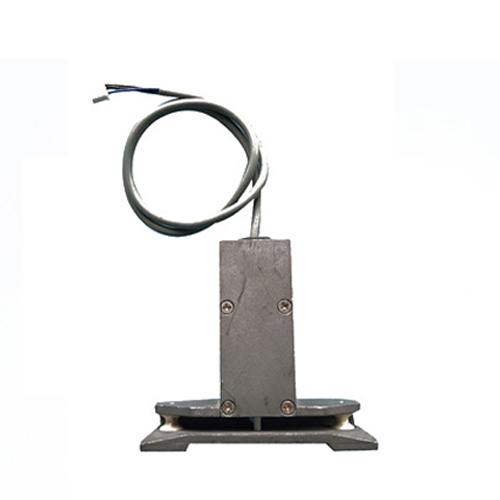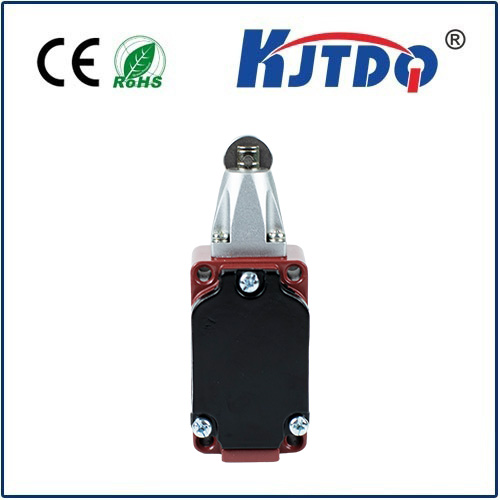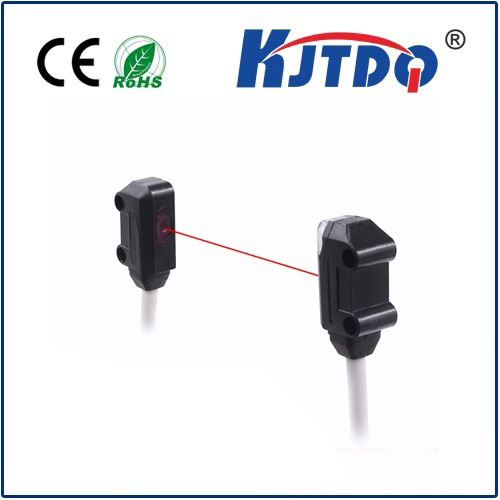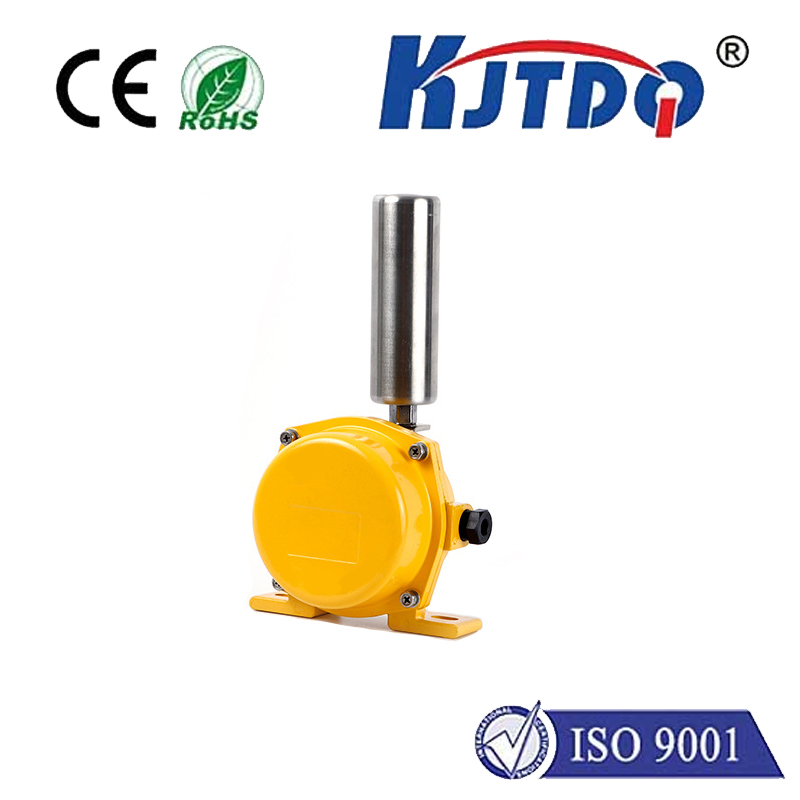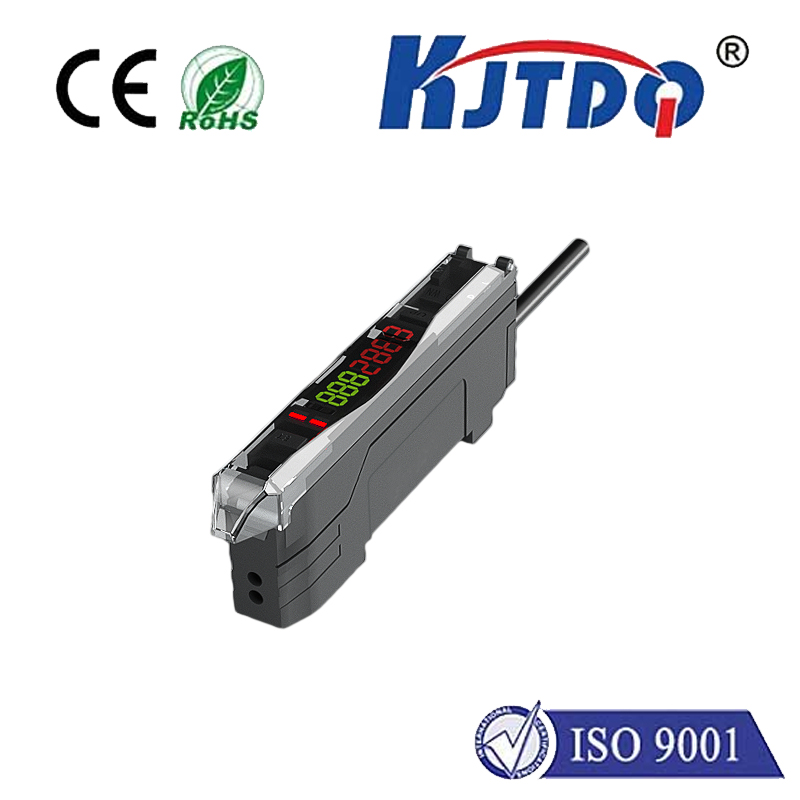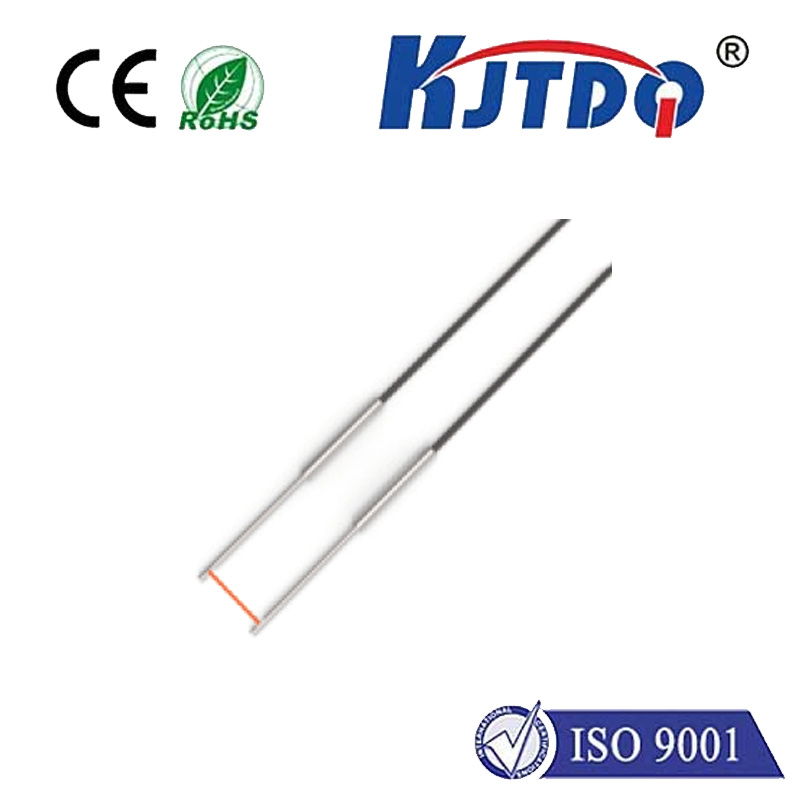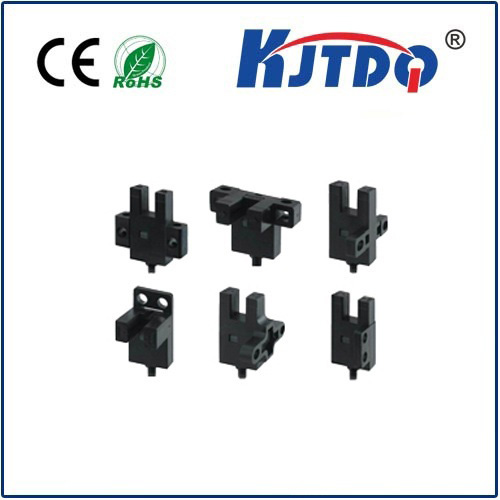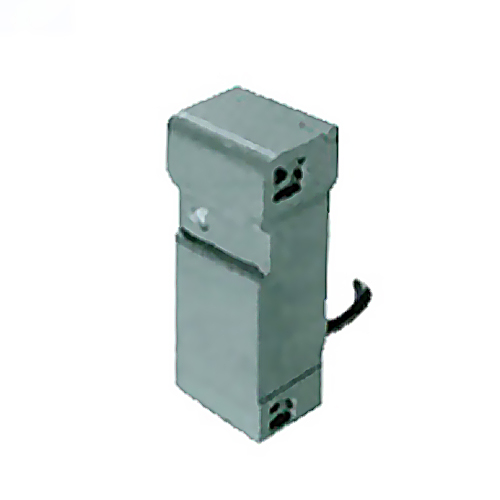

check

check

check

check

check

check

check

check

check

check
Title: Understanding Door Limit Switches: Kaycee's Comprehensive Guide
In the world of automation and control systems, door limit switches play a crucial role in ensuring safe and efficient operation of various equipment and machines. These small yet powerful devices are designed to detect when a door or gate has been opened or closed to a certain extent, providing valuable feedback to the system. In this comprehensive guide, we will explore the intricacies of door limit switches, their types, functions, and how they work in conjunction with Kaycee products.
Section 1: Introduction to Door Limit Switches
A door limit switch is a type of mechanical switch that is installed on doors, gates, and other similar openings. Its main function is to monitor the position of the door or gate relative to its closed position. When the door reaches a specific point (usually at a 90-degree angle), the switch will trigger an alarm or signal to the system, indicating that the door has been properly shut or opened. This helps ensure that the equipment or machine being controlled remains secure and operational.
Section 2: Types of Door Limit Switches
There are two primary types of door limit switches: normally-open (NO) and normally-closed (NC). NO switches are designed to open when the contact is not present, while NC switches are intended to close when the contact is not present. Additionally, there are also three-position (3-position) switches, which can be either in the open or closed state. Some door limit switches may also include additional features such as magnetic reed switches, photoelectric sensors, or optocouplers for enhanced functionality.
Section 3: Functions of Door Limit Switches
The primary function of a door limit switch is to provide feedback to the system about the position of the door or gate. When the door reaches the specified angle (90 degrees), the switch triggers an alarm or signal, alerting the system that the door has been opened or closed properly. This allows for easy identification and resolution of any issues related to door closure or opening. In addition, some door limit switches may also include built-in safety features such as overcurrent protection or resettable circuits to prevent damage to the device or system.
Section 4: Working with Kaycee Door Limit Switches
Kaycee is a leading manufacturer of automation and control systems, including door limit switches for various applications. Their products are designed for reliability, durability, and ease of installation. To use Kaycee door limit switches with your existing system, it is important to follow these steps:
1. Choose the appropriate type and size of door limit switch based on your requirements. Kaycee offers a wide range of options with different functions and features.
2. Install the door limit switch according to Kaycee's instructions, making sure to align it correctly with the door or gate opening.
3. Connect the switch to your control system using appropriate wire connectors and cables. This typically involves connecting one end of the cable to the switch and the other end to a suitable input terminal on your control panel or controller.
4. Configure your control system to recognize and respond to the signal generated by the door limit switch. This may involve setting up alarms, triggering actions, or modifying system settings as needed.
Section 5: Advantages of Using Kaycee Door Limit Switches
Using Kaycee door limit switches offers several advantages over other brands on the market:
* Quality construction: Kaycee's door limit switches are made with high-quality materials and components for long-lasting performance and reliability.
* Versatility: Kaycee offers a wide range of options with various functions and features to meet diverse customer needs.
* Ease of installation: Kaycee's products are designed for simple installation, with clear instructions and pre-drilled holes for quick and hassle-free setup.
